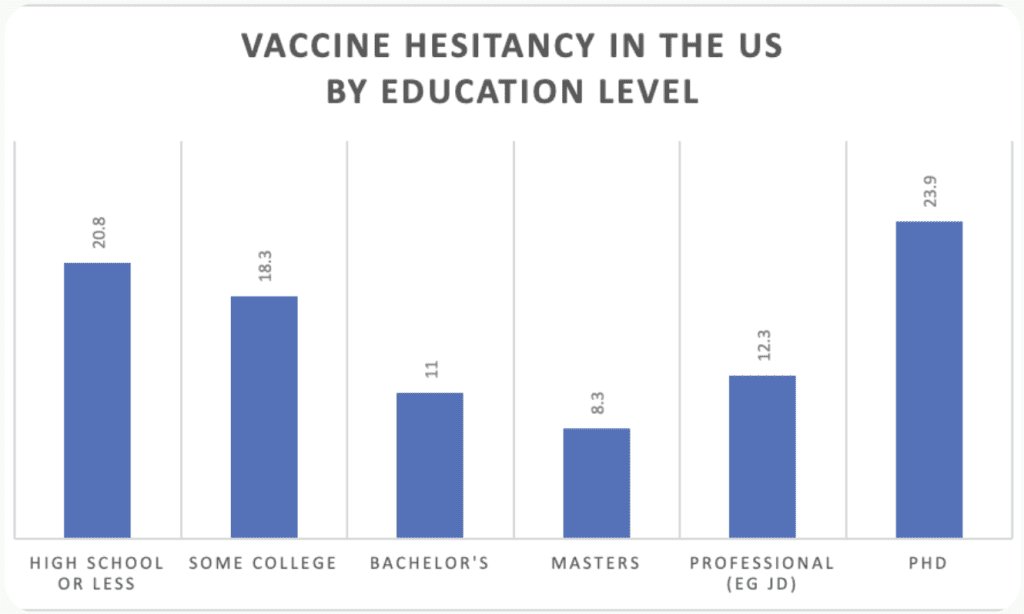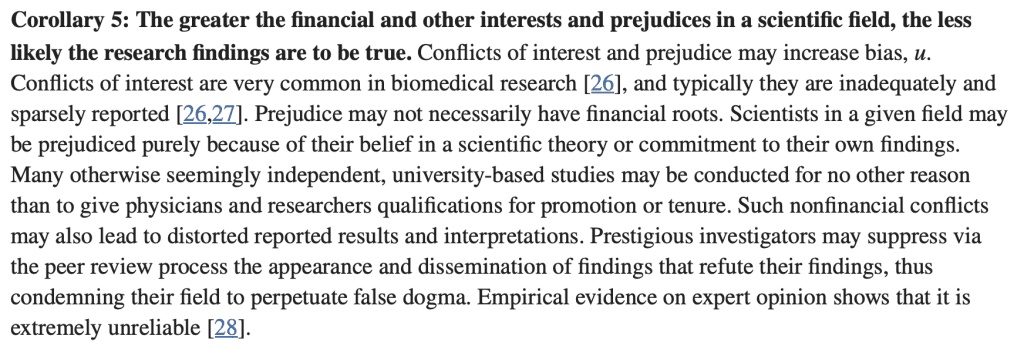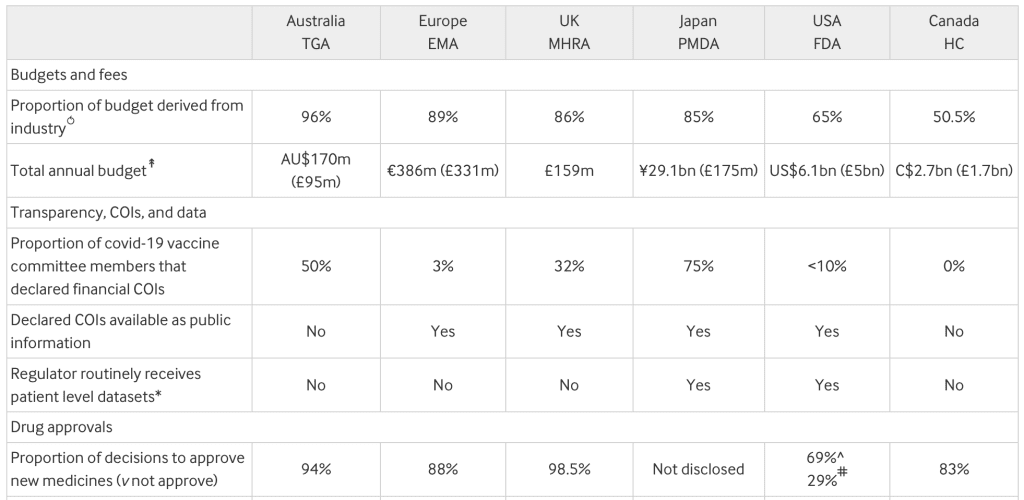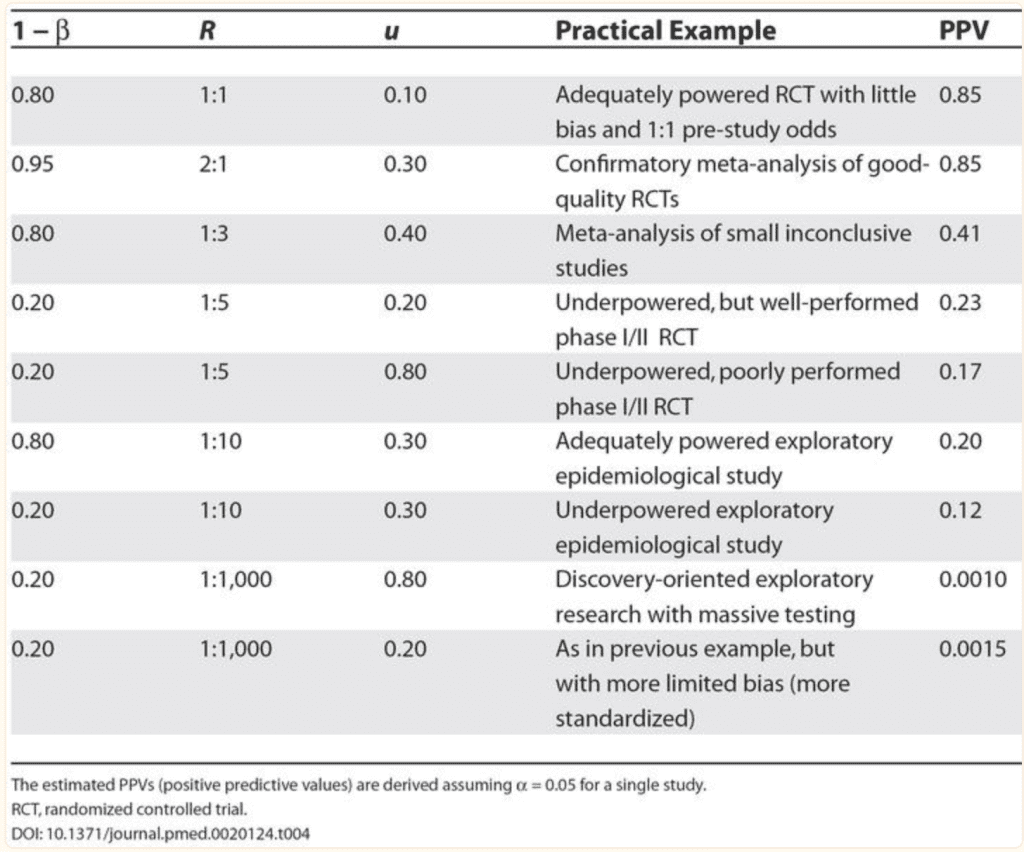Critical Thinking 101: Assessing Biased Information in a Political World
We live in an era of rampant misinformation and disinformation. Information has never been as readily accessible and manipulable as it is today. The majority of the world’s population has practically all of humanity’s collective knowledge at our fingertips, yet we often fail to understand that organizations, companies, and governments can have countless reasons to release false information.
What is Critical Thinking?
Critical thinking involves maintaining a questioning perspective on information and reality. Asking questions should never be dissuaded; it is one of the primary ways humans, especially children, learn. Asking thought-provoking questions can encourage others to reconsider their thoughts, perspectives, and views.
The Importance of Questioning
Socrates concluded more than a thousand years ago that asking questions is crucial for learning. The Socratic Method, a form of cooperative argumentative dialogue, remains important today.
Richard Feynman, an American theoretical physicist, encapsulated this idea well:
I would rather have questions that cannot be answered than answers that cannot be questioned.
This quote highlights many contemporary issues. Many areas of research are deemed beyond reproach, and those who dare to question them are often labeled negatively, such as conspiracy theorists or science deniers. This tribalism is detrimental to everyone.
This is just another case of tribalism, and unfortunately to everyone’s detriment.
Case Study: Covid-19 Vaccine Hesitancy

Consider Covid-19 vaccine hesitancy:
- Why are Ph.Ds the most vaccine-hesitant, despite their superior ability to read and understand scientific studies, compared to people with a Bachelor’s or Master’s degree?
- Why are people with Bachelor’s and Master’s degrees the least likely to be vaccine-hesitant?
Does some education foster an unquestionable belief in “science,” while researchers recognize the rampant conflicts of interest in the scientific literature, and especially in the medical sector? Are the researchers more cognizant of the multitudes of different ways one can change the outcome of the study, through for example, cherrypicking of data points, unblinding of participants, lofty exclusions criteria and more?
Or are Ph.Ds simply the most brainwashed group in society?
Steps to Critical Thinking
First Step: Let Go of Preconceived Notions
Let go of any and all preconceived notions of knowing. If you have not done the necessary work to understand a subject, acknowledge your ignorance. There will always be people more knowledgeable, so remain humble in your understanding.
Second Step: Detach Emotionally
Detach emotionally from words, perspectives, or views. If you cannot question the “unquestionable,” you are not a rational actor. Everything can and should be questioned. If questions do not have sufficiently good answers, there might be something there. If intellectual authorities actively avoid questions, something is likely being hidden.
Third Step: Avoid Personal Biases
Do not let your personal views and biases affect how you view information. Just because you have a specific outlook on life or politics does not mean everyone who has a different one is wrong. Evaluate everything in isolation, without skewed perspectives, beliefs, and ideals.
Fourth Step: Understand Biases and Conflicts of Interest
Understand the biases, conflicts, and interests of the author and the source of the information. Many people falsely believe that information written on a napkin holds less importance than those in a high-impact scientific journal. The information stands on its own, regardless of the source.

Fifth Step: Educate Yourself
Do the necessary work to create your own opinions. Educate yourself, spend time learning, and come to your own conclusions based on your life experiences, knowledge, and understanding. If you cannot defend or discuss your views, you are merely repeating what someone else has told you to think, which is opposed to critical thought.
Try to find multiple sources for the same piece of information, and hopefully they are independent of each other. Often you see different references to the same source, which doesn’t increase the truthfulness of something.
If you heard the same rumor from Paul, John and George, but they all heard it from Ringo, then clearly this doesn’t increase the likelihood of it being true.
Misinformation and Lies in Medical and Nutritional Research
Financial and Political Bias
Two main reasons for misinformation are political and financial interests, which corrupt scientific literature and the peer-review process. John P. A. Ioannidis’s highly cited paper, “Why Most Published Research Findings are False” (2005), remains just as relevant today.

I would argue that the scientific fields with the most political and financial interests are the medical field and climate science. The medical field have vast multinational companies, with clear conflicts of interests with governing bodies which has been shown in country after country. The pharmaceutical industry is the industry which lobbies American politicians the most, year after year. The conflicts of interests seen in the medical industry are vast, and almost unique to most other sectors. There is a revolving door between the various governmental agencies who are supposed to regulate them, like the FDA, EMA (Europe), TGA (Australia), Health Canada and more.
It is very common for employees at these regulatory bodies to leave their job after a time to then have a very lucrative job in the private sector, at the companies that they were previously regulating. This is a clear conflict of interest, and in and of itself is likely to cause issues.
Case Study: Maryanne Demasi’s Investigation
Maryanne Demasi, an investigative journalist from Australia, looked into the connection between funding from the pharmaceutical industry and the relationship between how large portion of drugs were approved, and by just a cautionary glance one could see a stark correlation. The more money the industry got from user fees the more beholden they were to the industry, which must be deemed a natural consequence.

“Don’t bite the hand that feeds you” is an old adage, which holds true for a reason. When your existence is contingent on the goodwill of another person, company, organization or country, you are not free to act however you want. You must act in a way that is in accordance with the one paying for your sustenance. In this regard, that is the pharmaceutical industry. What we have seen during the last decades is a larger portion of the agencies getting more money directly from the industry, with a shorter approval process and a larger portion of the drugs being approven.
The Issue with Single, Observational Studies

What we see here is that there is a large difference between the various different studies and the likelihood of them being true. Here we see that randomized controlled trials are much more likely to find a true relationship, compared to epidemiological studies. Randomized controlled trials, or RCTs, is a study design which randomly assigns participants into either the experimental group or the control group. In studies that are “powered enough”, or have enough participants and a large enough effect to find a relationship, that relationship is likely to be the variable that is being studied.
There are very, very few randomized controlled trials in nutritional science. The vast majority of them are observational, in which participants are given a survey and told to try and remember how much of certain foods they eat or have eaten the last 20 years, and then that is used to draw conclusions.
Example: Parachute Randomized Controlled Trial
We could conduct a hypothetical randomized controlled trial of parachutes. We take 100 people, and we give 50 people parachutes and we give another 50 people empty backpacks. The randomized portion means that we simply randomly pick participants to either get a parachute or an empty backpack, as this randomization, with a large enough sample size, will likely distribute a similar portion of people with various health issues and other factors which could have skew the results.
Thereafter, we have the participants jumping out of a plane, and then we determine if parachutes are helpful or not in the survival of the participant.
Conclusion
Understanding what constitutes critical thinking and the various ways that news organizations, politicians, scientists and others, willfully portray an inaccurate perspective of reality to suit their own biases and preconceptions is paramount.
A silent war is being fought to shape you, and change your beliefs, into what these bad actors consider to be right. Day in and day out we are being bombarded with information and advertisements to make us think or feel a certain way. It is your responsibility to recognize this, stop and think, and make sure that your beliefs are yours, and not somebody else’s.
By questioning information, evaluating biases of the authors, and educating ourselves, we can make informed decisions and contribute to more honest and transparent discourse.
In my next post I will go through, in more detail, how we can critically examine the biases of various producers of media and research.





